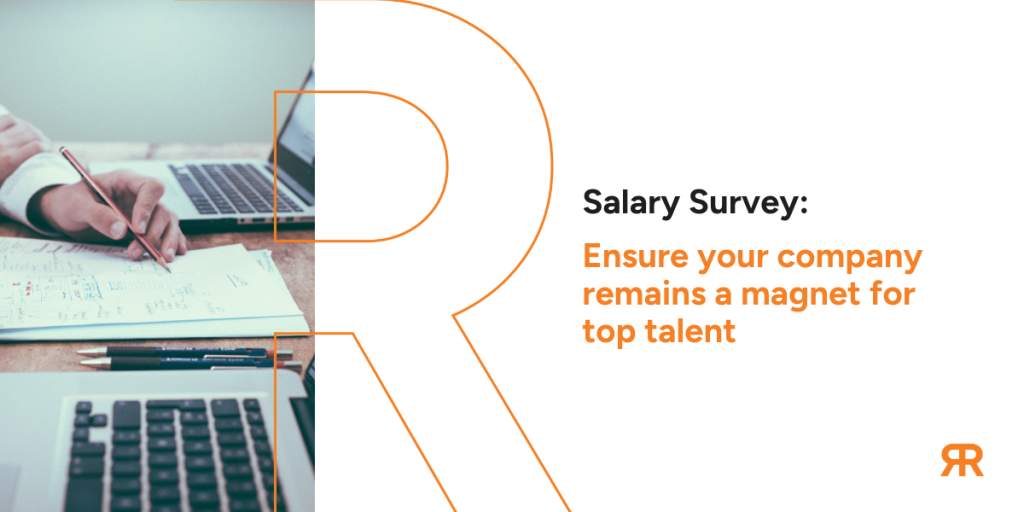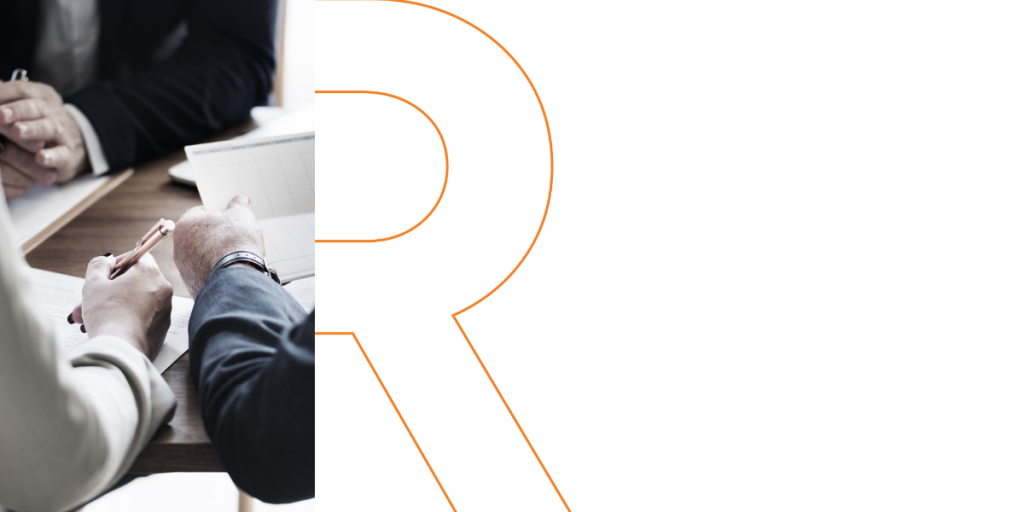
The Pro IQ Interview Series: Leveraging AI & Machine Learning with Simon Fennessy
Our latest guest in the Pro IQ Interview series is Simon Fennessy. Simon has been leading Telstra…
Our latest guest in the Pro IQ Interview series is Simon Fennessy. Simon has been leading Telstra InfraCo, Field Contract Delivery for the newly rolled out NBN network. In this role he was managing service delivery for employees and contractors supporting NBN’s national broadband network with connections and remediation activities for customers around Australia. Simon discusses leveraging the computational power of artificial intelligence (AI) and machine learning to enhance decision making and performance outcomes.
RP: Can you briefly introduce yourself, please?
SF: My background is in IT financial services, consulting, and telecommunications here in Australia, Europe, and before that, in South America.
RP: We wanted to talk about the deployment of technology, in particular, AI, from your experience with Telstra. Can you provide some context for us?
SF: I’ve been working in Telstra for a number of years, servicing infrastructure assets of the business. Like all organisations with significant distributed assets and field service capabilities, we focus on delivering world-class operations benchmarked with other telcos and utilities across Australia and internationally.
The common denominator across all companies and industries I have worked in is having structured data available for people to make timely and effective decisions. In the absence of reliable real-time data, companies have relied on rules-based systems and process compliance to control commercial and quality outcomes. That is often rigid and struggles to cope with “on the day” exceptions or variations. Thus, well-intentioned people may take risks or work around the system to achieve desired outcomes.
The question is, how do we bring technology into our environment to make ourselves more agile and deliver better customer outcomes and productivity?
There have always been processes and systems supporting Telstra Field Technicians, but how do you mature that technology?
One of the immediate challenges that Telstra faced was a long history of legacy systems and manual workarounds.
Often tech is designed to bring standardisation and control predictability. There’s this natural tension with team members wanting to get on with the job but feel constrained by processes and systems. The journey has been about how to get the tech closer to people on the frontline. How do we give them the best real-time data, allow them to make informed decisions and own the accountability for those decisions? That’s the exciting thing about AI and machine learning – it’s liberating for the workforce.
RP: For people reading this who don’t have a depth of technical knowledge, can you please give us a “dummies guide” to AI and the technology?
SF: Sure. Most people who work for Telstra have a device – a smartphone, tablet or laptop. For those in the field and moving around, it’s typically a tablet. All staff interact with a range of applications daily. What we’re doing is using artificial intelligence – that’s the concept of machines trying to simulate human thinking and actions – to enhance decision making and performance outcomes.
Machine learning is a subset of artificial intelligence where algorithms analyse data sets to identify successful patterns or trends that can be applied and reliably replicated to achieve consistently better performance outcomes. You can buy or use open-source algorithms that analyse large data sets, allowing you to predict and anticipate patterns or trends reliably. Then create intuitive and correct guided workflows that make the technicians’ jobs easier.
RP: How is this being applied in the InfraCo context?
SF: We’ve been looking into how to use that tremendous computational power and insight to make field services more effective and efficient and create a better user experience for the Field Technican.
For example, we applied machine learning to images of completed field tasks, which supported automated recommendations on materials and equipment usage. Techs were presented with recommended completion codes via an app on their smart device that most accurately represented the completed work.
The process becomes agile because the API allows for rapid identification of the photo, serial numbers, part types and make recommendations for the next steps in the workflow, based on best practice data sets. Once the Field Technician has a successful experience and it works, they’re on board.
RP: Is there anything else that you want to share about the implementation at Telstra?
SF: We started with a pilot, working with the top-performing quartile of Field Technicians for training the machine learning model and recommendations. Their data was harvested and used as our benchmark for best practice. We then worked with a subgroup to get feedback, using that data to understand what the Field Technician was doing and the recommendations and outcomes required.
The tipping point for the pilot in terms of confidence and acceleration of adoption came as we arrived at about 1000 validated records or images per category. At this point, we started to realise outcomes above the 80% confidence level.
We spent three months building the models and another three months piloting them. An additional 12 months of clean & reliable historical data was used to ensure data and output quality.
The secret sauce was the quality of the data.
We also had a cohort of advocates who could see the benefit and were prepared to promote its adoption within the broader workforce.
RP: At this point in technological evolution, AI still needs people and users, so would it be right to say that technology is only half the solution, and people are the other half. What did you do to encourage the change to be embraced?
SF: From a Field Technicians perspective, the deployment of machine learning and AI units initially sounded intimidating: “the machines are coming; they’re going to be watching us. How are we going to remain in control?”
This sense of ownership and control was quite important. So we positioned AI machine learning as an enabler, not as a controller. We allowed the machine to make recommendations; then the Field Technicians owned the decision, accountability and responsibility for the choices they made. The decisions were transparent to the Field Technicians and their management line.
We also ran a league ladder across the peer groups to demonstrate what best practice looked like. Field Technicians would see jobs in real-time via a green, amber and red traffic light system that scored compliance and productivity daily and weekly.
We found it helpful in facilitating quality discussions and active engagement because it wasn’t just about intelligent machines. The data was of good quality and transparent. I think that switched the mindset. They could see this as a tool to help them in the field while they remained in control.
RP: As a business, how did you negotiate the initial scepticism or resistance?
SF: We presented the concept, and then field leaders who had an interest came to us. They helped us identify people in their group with a high disposition to working with this technology. We thought it would all be young people but that wasn’t the case. The most enthusiastic were curious team members, those willing to learn and experiment and people who wanted to be part of something new.
During the pilot, we were providing constant feedback, and Field Technicians were giving us feedback on what was failing and which recommendations didn’t make sense. It took us quite a few iterations, but they understood it was a journey, and they were part of creating a more innovative, agile business.
RP: What value or outcomes has this initiative created in terms of people and performance?
SF: There were immediate benefits in productivity as well as health and safety. When it all came together, we saw about a 12% productivity improvement which is exceptional. You might get initiatives with benefits in the low single digits. So to get that was quite stunning. In terms of health and safety, the Field Technicians can go back and see what they did. Their work is documented with photographic evidence, providing immediate and validated quality assurance.
RP: Were the impacts for customers and external stakeholders measured?
SF: We knew that enabling Field Technicians would deliver better productivity, health and safety, and customer outcomes. So they were the customer.
Measurement for external stakeholders is still underway.
RP: What would you do differently next time?
SF: The rate of change and innovation is breathtaking. In a Covid world, I feel we are even more challenged to embrace change and digital innovation. For future projects, we will be quicker and less concerned about failure. There’s also value in reaching out to and learning from competitors and other industries.
RP: What other industries do you think could replicate what telecommunications have done?
SF: AI and machine learning automation can be applied to large distributed Field forces and workforces as well as Logistics. I could also see it in a retail setting. You’ve got to experiment and try because if you don’t, you struggle to see progress.
RP: Can you comment on Telstra’s overall vision to deploy more technology and technological solutions related to the Internet of Things (IoT) or related areas?
SF: Gosh, that’s a big question! The short answer is, a considerable amount is happening so here are just a couple of examples.
Drones are playing an expanded role in tower maintenance. Sending a drone up instead of people is better for health and safety. You get good quality images that can be shared in real-time to an individual at a desk who can further analyse and give suggestions to the in-Field Technician.
I’ve been in telco for 20 years, and IoT has been around for that long. It’s like the promise is now maturing and coming to life, at speed. And I think it’s the ability of computational power and the ability to harvest large data sets that makes the difference.
Humans are fantastic at making the optimal decision across 3, 4, 5 variables, but not dozens or hundreds. Capabilities are converging – remote sensing from IoT devices, computational power, the ability to package and deploy software to support workforce functions. This capability is getting closer to the action, whether it’s the Field Technician on the ground, the person in the van, or the individual serving a customer. The devices we carry around today have the horsepower to process and manage this new level of information. That’s what is making the current wave of progress so spectacular.
RP: Thanks for your time. Is there anything else you wanted to add?
SF: A closing comment is to be experimental. Be brave. Not everything will work but through trying, you will often be surprised at how well new innovations hit the ground and take off.
Related Blogs
Salary Survey: Ensure your company remains a magnet for top talent
In today’s dynamic business landscape, staying competitive in the job market is essential. It is imperative to ensure that your employees are not only fairly compensated but also that your…
The Pro IQ Interview Series: Critical Minerals Association Australia, Namali Mackay
Our latest feature in the Pro IQ Interview Series is a conversation with one of the Founders and Managing Director of the Critical Minerals Association Australia, Namali Mackay. Here she describes…
Unleashing Potential: The Significance of Assessing Candidates’ Behavioural Competencies
In today’s fiercely competitive job market, executive search consultants face the challenging task of identifying individuals who not only possess the right skills and qualifications but also demonstrate the essential…
Who are your most irreplaceable employees?
Who are your most irreplaceable employees? – the Importance of Organisational Network Analysis In today’s fast-paced business world, retaining key employees is a top priority for organisations. But, while…




